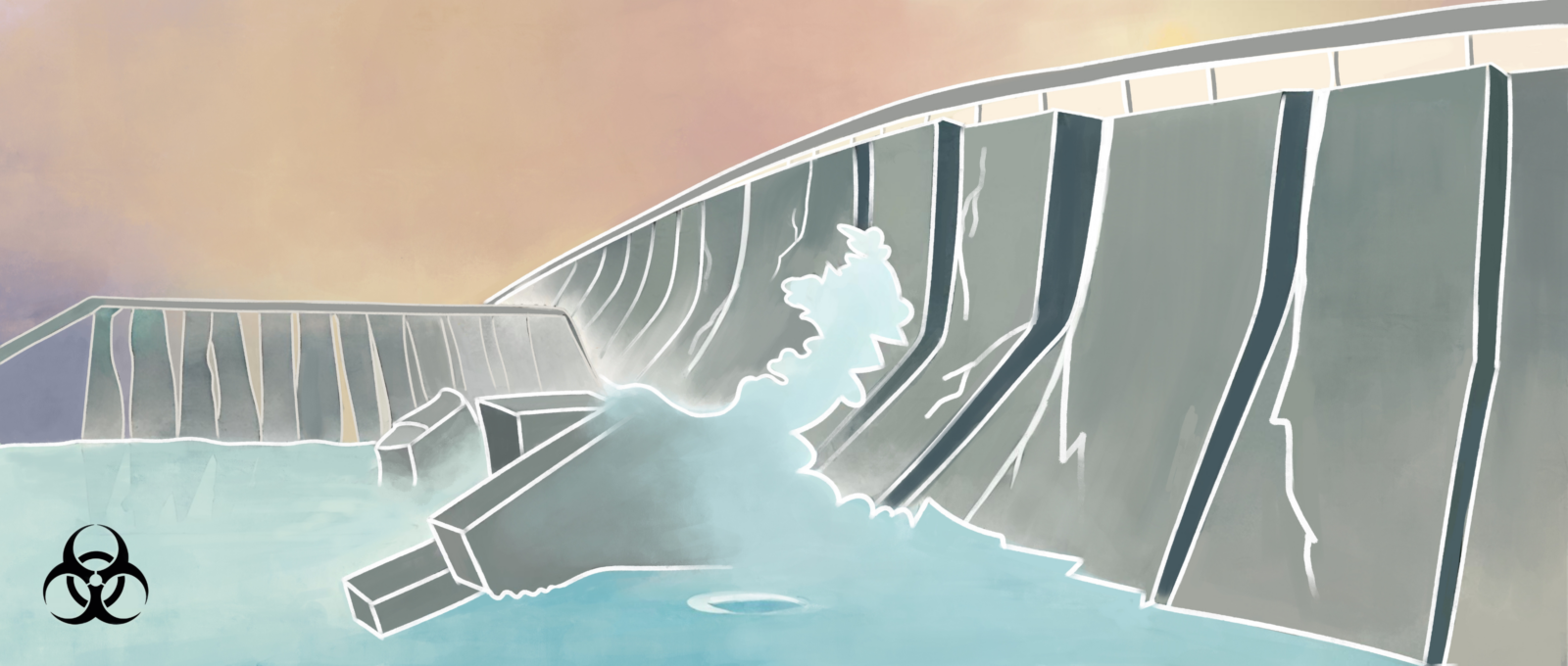Tailings, the waste created after the ore is processed, are usually stored behind earthen dams. Tailings dams are some of the largest engineered structures on the planet. Research shows that tailings dams are failing with increasing frequency and severity. A 2019 tailings dam failure in Brazil killed 272 people, destroyed buildings, and contaminated the local water sources. Slow and chronic contamination from tailings can further damage the surrounding water systems, air and soil.
With an estimated 20 to 30 thousand tailings facilities globally, many communities face risks and harms caused by poor tailings disposal. This can be clearly seen in the Jequitinhonha Valley of Brazil. The area, named by politicians and corporations as “Lithium Valley,” is also the ancestral land of dozens of Indigenous and traditional communities who have a deep connection to the land and have traditionally relied on its resources for their livelihoods. Sigma Lithium operates one of the lithium mines in the region, estimated to produce enough lithium for 600,000 electric vehicles in its first year with promises to increase yearly production threefold. The company even brought the state’s governor to the New York Stock Exchange to ring the opening bell and promote the idea of the “Lithium Valley.”
This projected lithium boom has communities concerned about the potential impacts of mining and tailings, on their traditional way of life. They claim that their water streams, essential for their crops, are disappearing and the main rivers are contaminated. They raise significant concerns over the potential for community displacement and the lack of adequate consultation and respect for their right to Free, Prior and Informed Consent.
Communities have raised concerns about mining activity encroaching closer to homes and population centers. The lack of planning and local community participation has caused costs to skyrocket and severely hampered the flow of goods, water, and transportation in the region, rendering those communities unable to cope with the challenges in the short term. Sigma Lithium claims they are not building tailings dams and instead storing tailings in a drier form, but the 2022 failure of a similar facility in the very same region of Brazil shows that this method is not without risk.
In Papua New Guinea, the Ramu nickel and cobalt mine and processing plant provides another example of the disastrous impacts of irresponsible tailings practices. The plant, which processes nickel for EV battery chemicals, dumps millions of tons of waste into the ocean each year, decimating coastal ecosystems and damaging the health and livelihoods of thousands of local residents. In August 2019, tailings from the Ramu facility overflowed, turning waters of the Basamuk Bay red, providing a small glimpse of scope of the toxic sludge being pumped into the ocean day in and day out.
Communities around the world are calling for safer tailings practices and an end to dumping mine waste into oceans and rivers. They demand the right to say no to tailings facilities and Free, Prior and Informed Consent from Indigenous Peoples. Mining companies and regulators must take significant steps to improve tailings safety and purchasers of metals and minerals should fully understand the risks posed by tailings in their supply chains.
